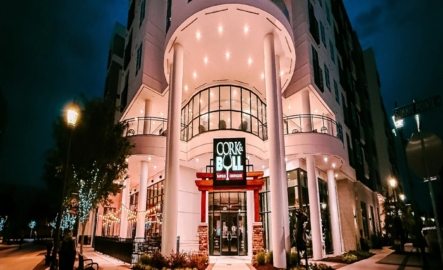April 4, 1968 was a horrible day in human history. The cold-blooded assassination of the man who was in some respects, America’s last hope for racial harmony, sparked days of rebellion all over the nation and left several of her biggest cities in smoking ruins. Many of those cities never recovered but rather became economically depressed as “white flight” sent the wealthy owners of downtown businesses to the suburbs where segregation found new life.
Meanwhile, predominately African American neighborhoods in big cities across America became the sites for new elevated freeways in the name of “urban renewal.” These highways provided suburbanites with easy access to the “inner city” business districts, but further weakened the black businesses that had thrived along the main streets below. New Orleans’ I-10 flyover and St. Paul, Minnesota’s I-94 are just two examples.
With neither black nor white businesses to sustain the economies of these neighborhoods, it was all too easy for the drug economy to take hold, with all of the violence, materialism, mass incarceration and family problems that came along with it. In spite of many “firsts” that have occurred since the 1960’s, today’s racial climate is far from the dream that Dr. King often shared.
It is tempting to wonder how life would be if Dr. Martin Luther King, Jr. had not been murdered. If his commitment to justice and racial harmony had been pursued to a triumphant conclusion, would #BlackLivesMatter be necessary? We cannot go back to undo the events of the past, but we can get a clearer view. So here are a few things about this tragic day that you may not have known.









